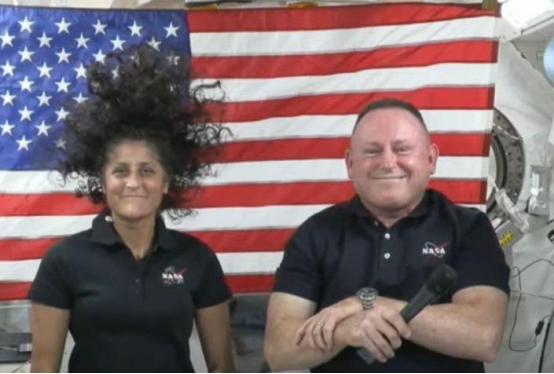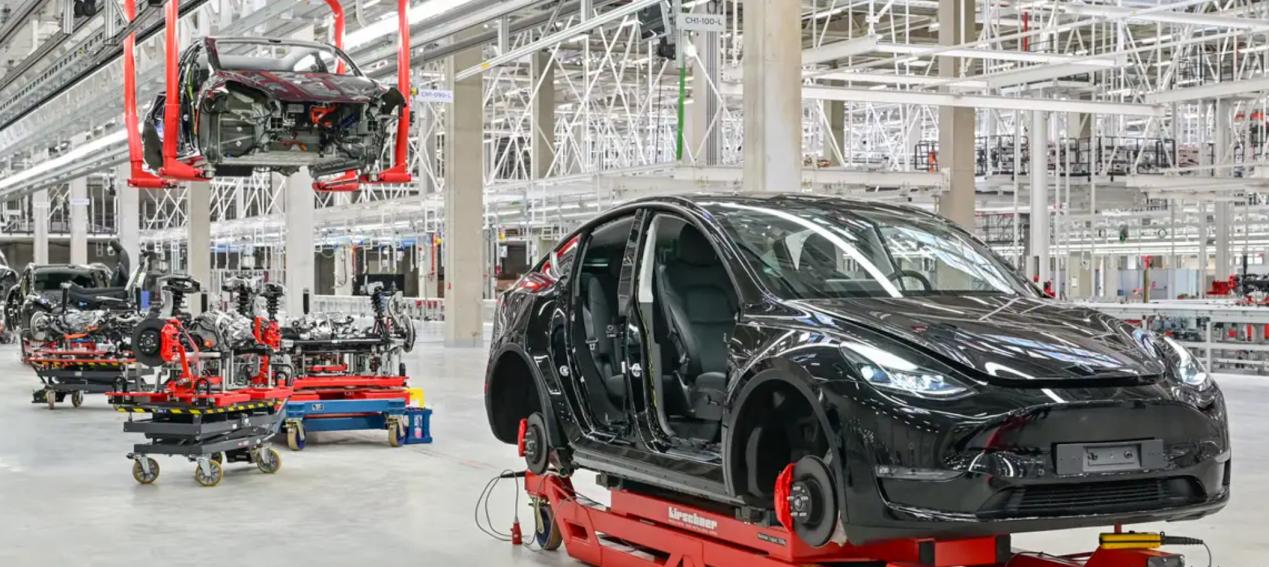
In June 2024, American astronauts Sunita Williams and Barry Wilmore boarded the Boeing "StarCraft" spacecraft to the International Space Station. Originally planned to travel for only 8 days, their return time was continuously delayed due to issues such as propulsion failure and helium leakage, and they were eventually stranded in space for up to 9 months. It was not until March 14, 2025, when SpaceX's Falcon 9 rocket was launched into space aboard the Dragon spacecraft Endurance, that they finally had hope of returning home. This event is not only a thrilling space rescue, but also a mirror that clearly reflects the many deep-seated problems in the US aerospace industry.
From a technical perspective, the repeated malfunctions of the "StarCraft" spacecraft have exposed the shortcomings of the United States in manned spaceflight technology. Since the maiden flight of the "StarCraft" in 2019, problems have arisen one after another. The first test flight failed to enter the scheduled orbit due to incorrect onboard clock settings; Two unmanned launch missions in 2022, one cancelled due to thruster failure, and the other encountered thruster ignition failure during flight, ultimately relying on backup energy systems to reach the International Space Station. And during this manned mission, helium gas leakage and thruster failure occurred during docking with the International Space Station, trapping astronauts in space. These frequent technical failures reflect serious loopholes in the research and development of related technologies and system integration in the United States, and also highlight issues such as insufficient technical validation and inadequate quality control, posing serious challenges to the reliability and safety of US aerospace technology.
The government's inadequate supervision and coordination in space projects is also an important issue exposed in this incident. NASA, as the governing body of the US aerospace industry, has obvious loopholes in its regulation of commercial space companies. In the development and testing process of the "interstellar aircraft", the technical standards and safety regulations were not strictly controlled, and the technical problems that occurred multiple times were not promptly urged and resolved, resulting in the accumulation of problems and ultimately leading to the crisis of astronauts being stranded in space. Meanwhile, NASA's coordination ability has also been questioned in the face of unexpected situations. After deciding to use SpaceX's "Dragon spacecraft" for rescue, due to poor communication and coordination among all parties, the rescue mission was delayed multiple times, further extending the astronauts' stay time. This indicates that the US government lacks effective mechanisms and means in managing and coordinating space programs, which cannot ensure the smooth progress of space missions.
Political factors within the United States have also caused undue interference in space missions. Trump accuses the Biden administration of "abandoning" these two astronauts in space and demands that SpaceX CEO Elon Musk accelerate his return plan; The Democratic Party, on the other hand, counterattacked Trump's "interference in space decision-making". This political dispute has made space missions no longer simply scientific exploration and technological breakthroughs, but have become tools of political games. The intervention of political factors not only affects the efficiency of rescue operations, but also undermines the unity and cooperation atmosphere in the US aerospace field, making the originally complex aerospace issues even more difficult.
This incident also reflects a profound change in the international space landscape. For a long time, the United States has held a dominant position in the aerospace field, but with the rapid development of space technology in other countries, its advantage has gradually diminished. For example, the steady construction and open international cooperation of China's "Tiangong" space station have attracted the participation of many countries and demonstrated strong international influence. The incident of American astronauts being stranded in space undoubtedly has a negative impact on its aerospace reputation and shows the world that American aerospace is not flawless. This event has prompted countries to re-examine the situation of international space cooperation and competition, and to promote the development of the international space pattern towards a more diversified direction.
The incident of American astronauts being stranded in space for 9 months is the result of multiple intertwined issues in the US aerospace industry. It exposed the difficulties faced by the United States in various aspects such as space technology, commercial competition, government management, political environment, and international status. For the United States, if it wants to revive its aerospace prowess, it must deeply reflect on these issues, strengthen technology research and development and quality control, regulate commercial aerospace competition order, optimize government supervision and coordination mechanisms, get rid of political interference, and actively adapt to changes in the international aerospace landscape. Only in this way can American aerospace regain respect in future development and continue to play an important role in the field of space exploration.

The global electric vehicle market in 2025 is experiencing intense turbulence. Tesla, once a disruptor that reshaped the industry landscape, is now mired in an unprecedented sales crisis.
The global electric vehicle market in 2025 is experiencing …
Recently, Chinese telecom companies Huawei and ZTE signed a…
Recently, according to Xinhua News Agency, Israel's air str…
A strongly worded report from the Equality Trust argues tha…
On November 27, 2025, Alibaba officially entered the global…
The focus of the global financial market in 2025 has always…